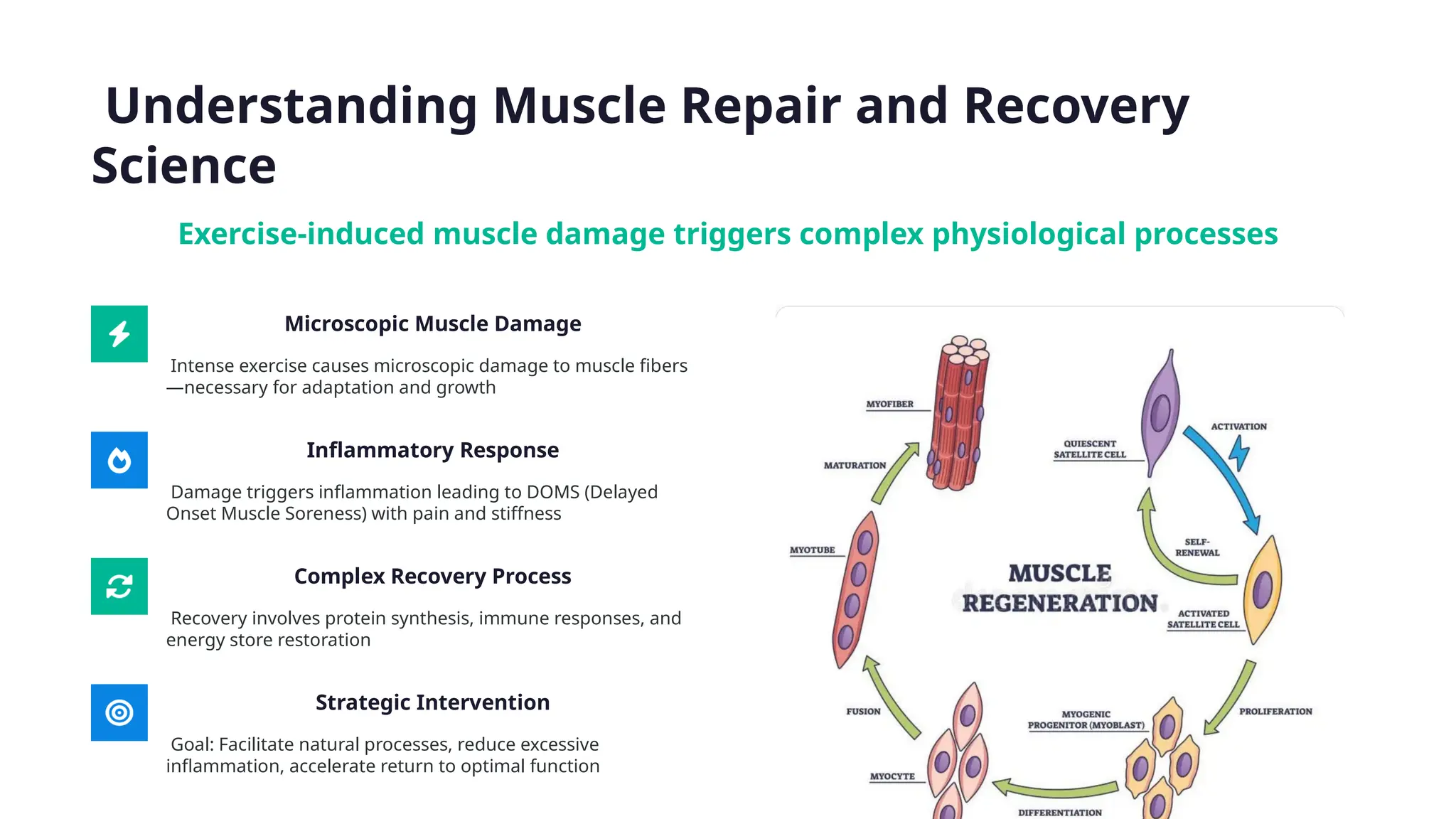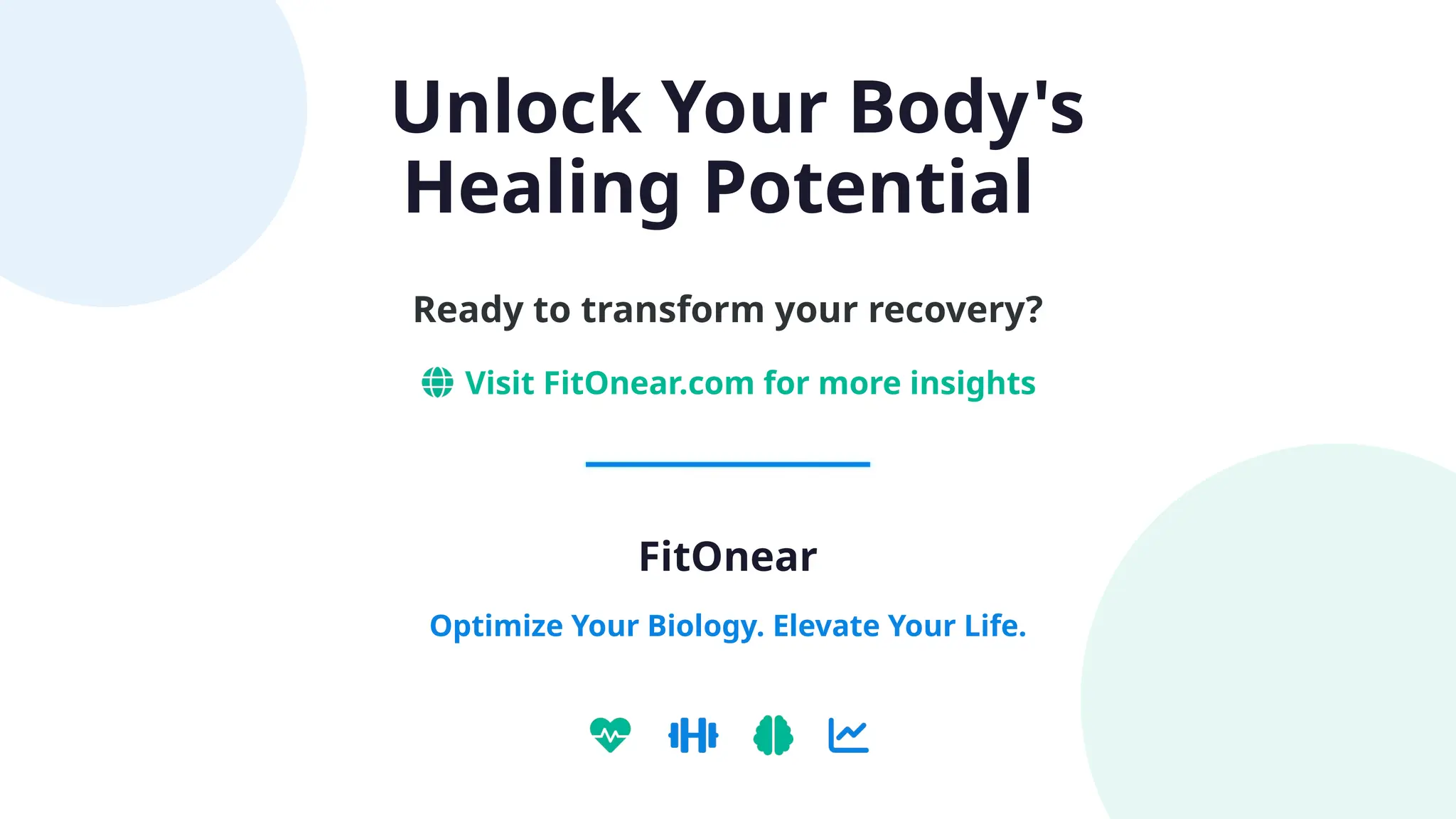Discover cutting-edge techniques and biohacks designed to accelerate recovery, optimize performance, and enhance resilience. This presentation dives into the science behind sleep, nutrition, cold and heat therapy, red light, PEMF, and more—tailored for athletes aiming to bounce back stronger.











